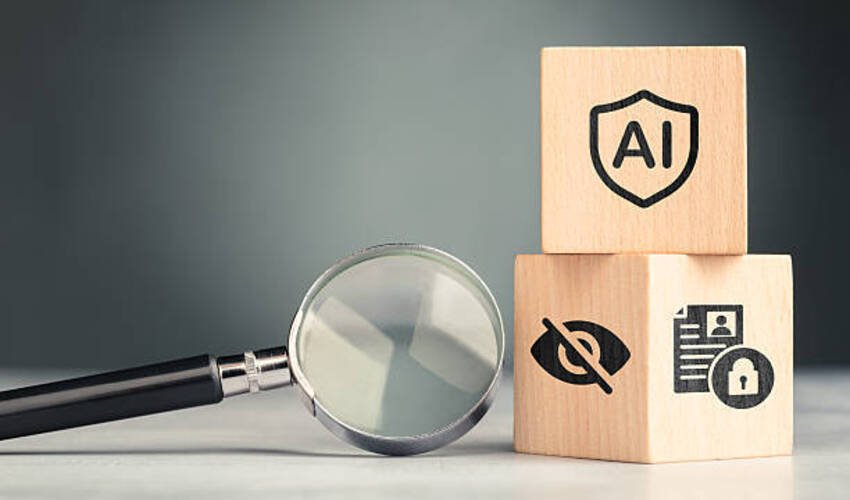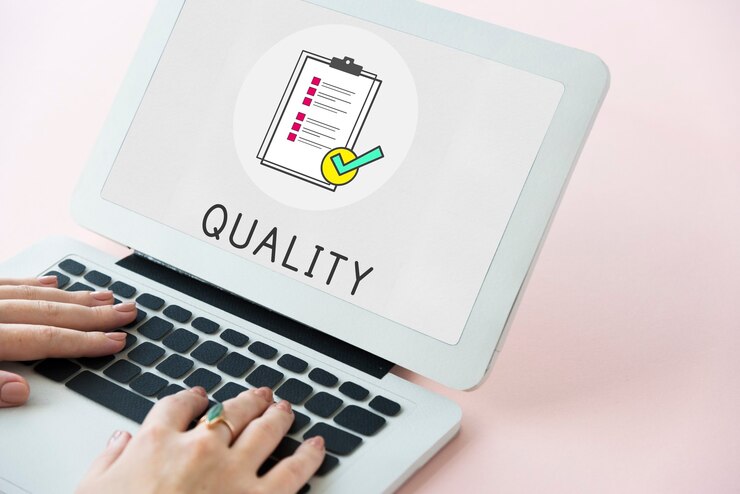In today’s fast-moving business environment, where deals, partnerships, and regulatory demands evolve at breakneck speed, the traditional methods of due diligence are no longer sufficient. Enter artificial intelligence (AI) — a transformative force that is recasting how organisations assess risk, undertake investigations, and make decisions. This article explores how AI is reshaping due diligence, what benefits it brings, what challenges remain, and how decision-makers should think about combining human insight with machine power.
What is Due Diligence — and Why It’s Getting Harder
Due diligence is the process by which an organisation investigates, verifies, and evaluates another entity (such as a potential partner, acquisition target, vendor, or investment) to uncover risks and ensure informed decision-making. Historically, this has involved manual review of financial statements, legal contracts, regulatory filings, reputational research, background checks, and more.
But several trends are making the job tougher:
- Volume & complexity of data: Companies now generate enormous amounts of structured and unstructured data (contracts, emails, litigation histories, social media, regulatory filings, etc.).
- Global operations & regulatory fragmentation: Risks span jurisdictions, languages, regulatory regimes, and cultural contexts.
- Speed and competition: Especially in deals (M&A, private equity, venture) there is pressure to move fast.
- Hidden and emerging risks: Reputation, ESG (environmental, social, governance) issues, cyber-risk, supply-chain vulnerabilities are gaining prominence.
Thus, a modern due diligence process must not only verify what is visible but also spot subtle signals, hidden relationships, and emerging risk themes. That’s where AI comes in.
How AI is Transforming Due Diligence and Risk Assessment
AI brings several capabilities that enhance and accelerate traditional due diligence and risk-assessment workflows. Below are key ways in which AI is making a difference:
Automated and accelerated document & data analysis
AI tools can ingest thousands of documents, emails, contracts, and unstructured sources and automatically extract key clauses, obligations, liabilities, red flags, etc. For example, systems using natural language processing (NLP) can scan large volumes of contracts to identify critical elements much faster than human review alone.
Pattern recognition and anomaly detection
AI systems are good at identifying patterns and anomalies that humans might miss — for example: unusual ownership or beneficial-owner structures, repeated litigation history, adverse media references, or financial irregularities. This capability allows risk teams to uncover hidden exposures, such as sanctions risk, money-laundering links or ESG-related controversies.
Real-time monitoring and continuous diligence
AI enables ongoing monitoring of counterparties, vendors or investments for changing risk profiles. Instead of a snapshot review, organisations can use AI to flag emerging issues in real-time (new litigation, regulatory changes, adverse press).
Predictive analytics
AI does more than review what is — it can also estimate what might be. Using historical data, market signals and machine-learning models, AI can forecast potential risk (e.g., likelihood of default, regulatory breach, reputational damage) and help decision-makers anticipate issues rather than merely react to them.
Enhanced accuracy and reduction of human error
Because AI automates much of the repetitive, labour-intensive review, human reviewers are less likely to overlook items, misinterpret data, or miss hidden connections. This leads to more consistent results, uniformity of process, and scale.
Better resource allocation and speed
By shifting much of the grunt work to machines, organisations can devote human expertise to the trickier judgments: whether to proceed, how to negotiate, and how to manage the risks. This means faster turnaround, lower cost and more informed decisions.
Key Use-Cases Where AI Due Diligence Adds Value
Here are practical scenarios where AI-enhanced due diligence is particularly impactful:
- M&A and deal-sourcing: In acquisitions, the need to move quickly, assess a target’s legal/financial/operational health, and value risk means AI is becoming a strategic tool.
- Vendor / supply-chain risk management: Organisations are increasingly interested in monitoring third-party risk (cybersecurity, ESG, financial fragility). AI helps screen vendors across large networks.
- Compliance, KYC/AML, and regulatory diligence: In financial services, AI tools help identify suspicious activity, sanction-list matches, adverse media, and beneficial-owner risks.
- Reputation and ESG-risk screening: AI platforms can scan open-source data and news feeds to surface reputational issues or ESG red flags tied to companies, individuals, or projects.
- Investment decisions and portfolio risk: Investors using AI-based due diligence can better assess risk across portfolio companies, flag potential problems, and monitor evolving exposures.
Why Combining Human and Machine Matters
It’s essential to recognise that despite AI’s power, human judgement remains critical. AI is best seen as an augmenting technology, not a substitute for domain expertise. Some important considerations:
- Context and nuance: Machines might flag risks, but deciding how material they are still often requires expert interpretation.
- Explainability and accountability: Organisations must be able to explain how AI arrived at certain conclusions (especially in regulatory or deal settings). Some models are still black boxes.
- Data quality and bias: AI outcomes are only as good as the data fed in. Poor data or biased training sets can produce misleading results.
- Ethics and compliance: As AI systems take more important roles in decision-making, frameworks must be in place to govern them responsibly.
- Integration into processes: The institution must align AI tools with its workflows, governance, risk appetite, and culture.
When done well, combining machine speed & scale with human insight and oversight results in faster, deeper, more reliable due diligence and risk assessment.
Challenges, Risks, and Limitations
While the promise is large, AI in due diligence is not without obstacles:
- Limited historical data in some sectors or private companies: AI efficacy decreases when data is sparse or private.
- False positives / false negatives: AI may flag issues that aren’t material, or conversely, miss subtle risks if not trained appropriately.
- Regulatory uncertainty: AI’s rigid models may struggle with new regulations, jurisdictional nuance, or evolving risk-types.
- Transparency and auditability: Some AI tools lack clear traces of how a risk-flag was generated, which is problematic in high-stakes decisions.
- Cost of implementation: Deploying, tuning, and integrating AI systems isn’t trivial. Many organisations face cultural, technical, and change-management hurdles.
- Over-reliance risk: If decision-makers put blind faith in AI without human review, that may lead to misjudgments.
Recognising these limitations helps organisations deploy AI more thoughtfully and avoid ‘automation fatigue’ or unintended consequences.
Best Practices for Implementing AI-Powered Due Diligence
Here are some key recommendations for organisations looking to leverage AI in the due diligence / risk-assessment domain:
- Define clear objectives: What types of risk do you want to detect? Transactions? Vendors? Investments? Tailor your AI tool accordingly.
- Start with data inventory & quality: Ensure you have the right data, map sources (internal, external), check for biases and gaps.
- Select appropriate tools & partners: Look for AI platforms suited to your industry, risk profile and use-case.
- Ensure human-in-the-loop oversight: Use AI to surface insights, but have experts review and interpret before major decisions.
- Focus on explainability: Choose solutions that provide traceable logic or support review so you can justify decisions internally or to regulators.
- Integrate into workflow: Make sure the AI outputs flow into your deal-team, risk-committee, or audit-process — don’t treat it as a standalone.
- Continuously monitor & refine: Risks evolve. AI systems should be retrained, recalibrated, and updated as regulatory, market or data landscapes change.
- Governance and ethics: Set policies around AI use, data privacy, bias mitigation, and audit trails.
- Measure value: Track metrics — time to complete due diligence, number of red flags found, cost savings, decision-outcomes.
- Scale plan: As your AI tool becomes trusted, plan for rolling it out across business units, geographies or use-cases.
Why this matters for decision-making
In an era of fast deals, volatile markets, and complex risk environments, organisations that can assess risk more quickly, more thoroughly, and with better insight gain a strategic advantage. AI-powered due diligence enables faster “go/no go” decisions, helps avoid costly mistakes (e.g., failing to spot a hidden liability), and supports more confident negotiation.
Moreover, the enhanced transparency and documentation from AI workflows can aid audit trails, board reporting, and regulatory compliance. It enables risk teams and senior leadership to move from reactive to proactive modes — spotting issues before they become full-blown problems.
Looking Ahead: Trends & the Future of AI in Due Diligence
Several emerging trends promise to further shape this field:
- Explainable AI (XAI) and trust frameworks: As regulators and boards demand more transparency, systems that can explain why they flagged a risk will become more standard.
- Generative AI / large language models: These may be used to summarise complex documents, generate due diligence reports, and highlight risk narratives automatically.
- Continuous and real-time monitoring: Instead of one-time diligence, organisations will adopt perpetual monitoring of counterparties, investments and vendors.
- Integration with other risk tools: AI due diligence will link with ESG monitoring, cyber-risk platforms, supply-chain analytics and broader enterprise risk management suites.
- Smaller deals & private markets: As tools mature, even smaller companies and transactions will have access to AI-enabled diligence capabilities.
- Increasing regulation of AI itself: With the rise of AI-driven decision-making, expect more regulation around how AI is used — including bias, accountability, auditability concerns.
Conclusion
The transformation of due diligence and risk assessment via AI is no longer a futuristic notion — it is happening today. Organisations that embrace AI thoughtfully — combining machine-speed, scale and pattern recognition with human domain insight, ethical governance and process integration — will gain significant advantages in decision-making, deal execution and risk mitigation.
Whether you are a deal-maker in M&A, a risk or compliance officer, a vendor-management lead or an investment professional, understanding and deploying AI in your due diligence workflows is rapidly becoming a business imperative. In doing so you’ll be better positioned not just to identify risk, but to act on it — faster, smarter and with greater confidence.
For organisations seeking guidance on partner selection and technology-enabled diligence workflows, it remains critical to engage with experienced practitioners — including the top due diligence firms who understand how to blend AI, analytics and human insight in real-world decision environments.
Read Dive is a leading technology blog focusing on different domains like Blockchain, AI, Chatbot, Fintech, Health Tech, Software Development and Testing. For guest blogging, please feel free to contact at readdive@gmail.com.





